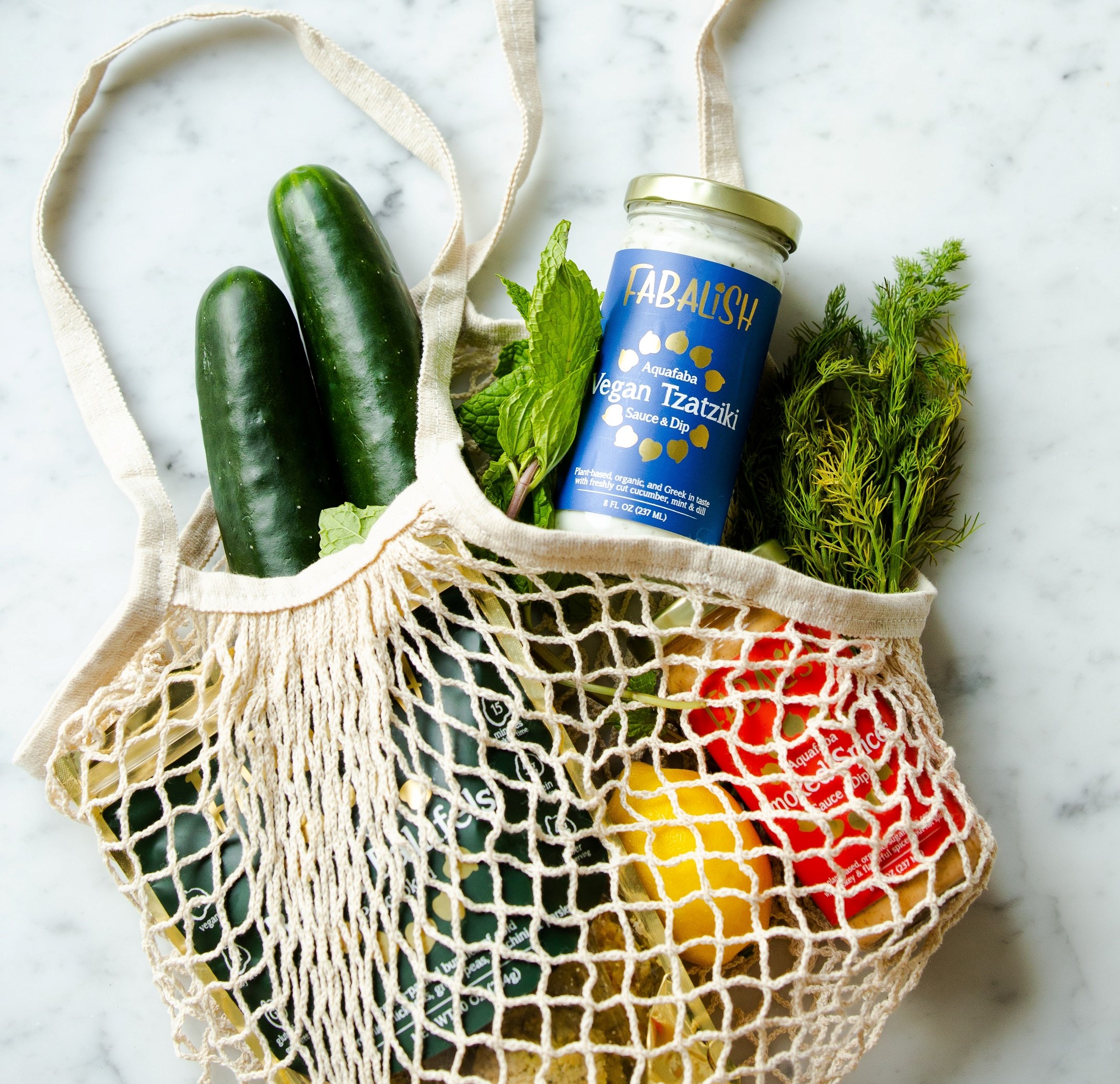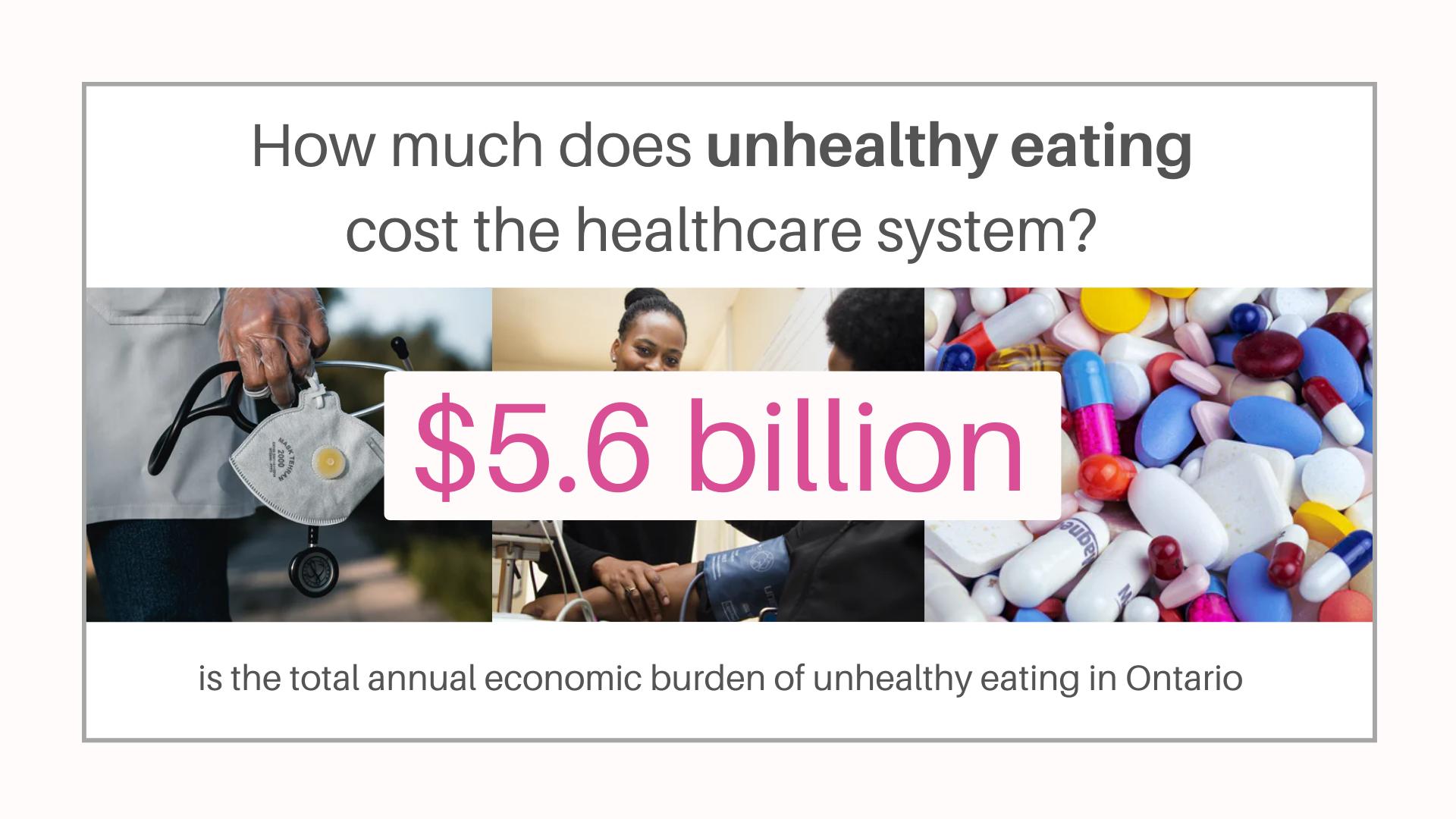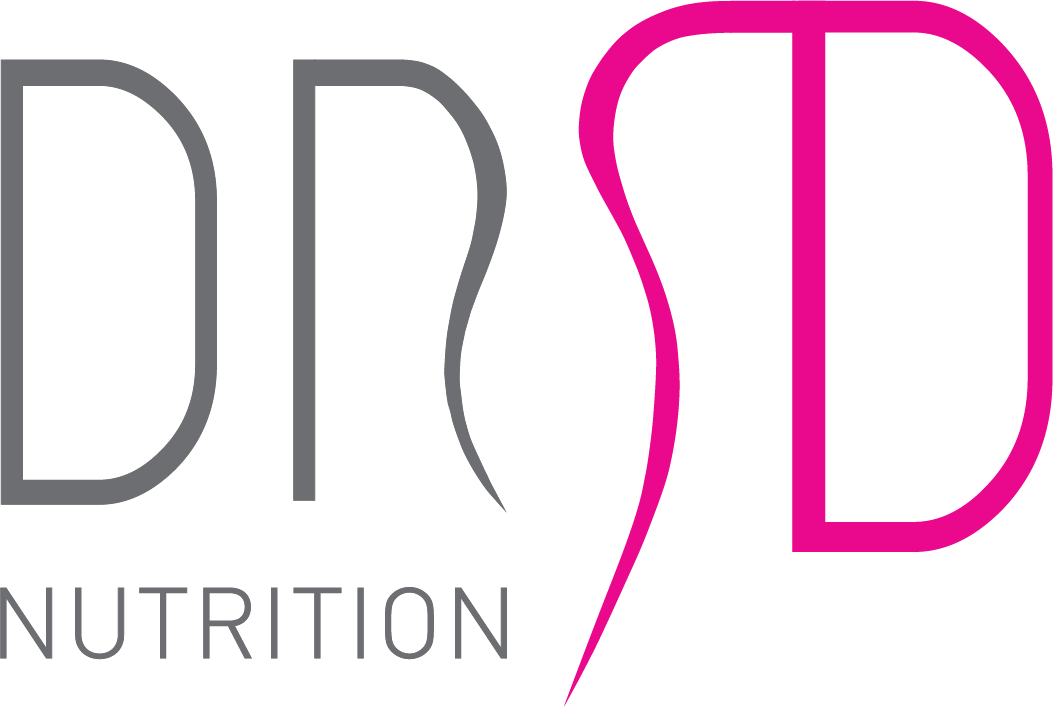If you have shopped for groceries recently, you may have noticed that food seems more expensive. Unfortunately, food prices have gone up and are expected to continue rising. Canada’s Food Price Report 2021 predicts overall food price increases from 3 to 5% in 2021. Nutritious foods, such as meat and vegetables, are among the highest jumps, with expected rises from 4.5 to 6.5%. Increased food prices directly impact our ability to maintain healthy eating habits, especially given the COVID-19-related financial challenges. It also has a long-term impact on the cost of the Canadian healthcare system.
We conducted a simple experiment to compare changes in food prices in 2019 and 2021, as well as the difference between two popular grocery stores. Buying the exact same food based on 2019 bills cost 29.6% more.
As consumers, we have little power over food prices - factors out of our control account for these variations. However, we can make an investment in our own health. Keep reading to learn more about food prices and healthy eating on a budget.

Food prices in 2021
Food prices have risen in 2021 - a Canadian family with an adult man and woman, an adolescent boy, and a pre-teen girl will spend an average of $13,907 on food expenses in 2021. This is nearly $700 more compared to 2020. This is the highest increase ever recorded on an annual food report. More than ever before, healthy eating on a budget is relevant for Canadians.
Based the comparison we conducted, 2021 vs. 2019, we noticed a 28% increase in produce and 42.8% in meat, eggs & dairy. This increase is significantly higher for fresh foods. We know that shopping around the perimeter of the grocery store helps limit processed foods intake and promotes the consumption of homemade meals. We noted that the highest price increase was for red meat and fish. This may discourage Canadians to adapt the recommended fish intake: 2-3*/week. The price comparison is detailed in the tables below.



Why have food prices increased?
COVID-19 has significantly impacted our daily lives and our spending habits, but its effects go beyond this - our whole food system has been affected. The pandemic led to border and facility closures, shifts in employment and consumer demand, and modifications to enhance safety in food production and distribution.

How have Canadians’ finances been affected?
Many Canadians lost their jobs during COVID-19 - the rate of unemployment in Canada is currently at an all-time high of 9.4% since August 2020. Canadian employment losses were highly concentrated in Ontario and Quebec as well.
While the Canadian Emergency Response Benefit (CERB) allowed eligible Canadians to receive up to $2,000 per month, many Canadians still struggled financially. CERB ended in December 2020; Ontario has since faced numerous lockdowns, stay-at-home orders, and further restrictions, leading to business closures and financial stress. Affording a healthy lifestyle is much harder now.
Salary freezes are another factor to consider - this is when an organization suspends salary or wage increases for a period of time. Forecasts show that salary freezes are expected to significantly increase in 2021; 7% of organizations expect to freeze salaries. In 2020, only 1% of organizations’ expected salary freezes. Given the increase in expenses, this is concerning.
Currently, the average cost of living for a family of 4 in Canada is just over $4,000 per month, not including rent. This includes meals, groceries, transportation, utilities, sports and leisure, childcare and clothing. It is no secret that vulnerable groups have been disproportionately affected by COVID-19. Approximately 7% of Canadians are currently earning minimum wage. Women, young workers, workers with lower education and rural workers are all over-represented amongst minimum-wage earners.
What other costs are Canadians facing? Prices increased in April 2021 at the fastest rate in nearly a decade. The annual inflation rate rose to 3.4%, with high gas prices playing a large role. Amongst groceries, Canadians can expect to pay more for houses, retail products, gasoline, and potentially travel costs. These are costs that many Canadians simply can not afford.
What is the financial burden of unhealthy eating?
Unhealthy eating in Ontario is a huge cost for the Canadian healthcare system. The total annual economic burden of chronic disease risk factors for unhealthy eating is $5.6 billion, with $1.8 billion accounting for inadequate fruit and vegetable intake. Making healthy dietary choices benefits our health, but it goes beyond that - eating better will save us money.

How can Canadians afford healthy eating?
Despite the barriers stemming from COVID-19, many nutritious foods are still affordable. Now is a great time to learn more about healthy eating on a budget and make savvy food choices.
The Plate Model
Most chronic disease prevention guidelines align with the 2019 Canadian Food Guide. These recommend that we aim for the following plate distribution at mealtimes:
-
½ the plate in fruits & vegetables
-
¼ of the plate in starches & whole-grains
-
¼ of the plate in protein-rich foods
Each of these food groups has different hacks that make them more affordable.
Fruits & Vegetables
-
Shop seasonally & locally. Shopping locally means that the produce had a shorter journey to the store - saving transportation costs and money! Have you ever noticed that strawberries are double the price in winter? It’s because they’re in season during spring and summer. Here is a full list of seasonal produce in Ontario: https://www.halfyourplate.ca/introducing-half-plate-season/
-
Buy frozen. Did you know that vegetables are the most wasted food group? Oftentimes, we buy produce, it gets lost in the fridge, and it goes bad. Produce is frozen right at harvest, so let’s debunk a population nutrition myth - frozen fruits and vegetables are just as nutritious! Frozen options often reduce food waste, last longer, and are cost-efficient.
Starches & Whole-Grains
- Go for grains. Many whole grains, like barley, bulgur, and brown rice, are inexpensive. Buy these grains in bulk for the best deals. These grains are also highly nutritious - they’re an excellent source of fibre, B vitamins, and many other healthy nutrients.
- Shop the deals & freeze. Whole-grain bread is often more expensive compared to less nutritious options, like white bread. Many grocery stores will sell bread and other grain products 50% off close to their best before date. You can buy them at this discount price and freeze them. Whole grains and foods like pasta have long shelf lives, so if you have the pantry space, buy in bulk!
Protein-Rich Foods
- Try plant-based options. Legumes, such as lentils, beans, and chickpeas, are highly nutritious and inexpensive. Canned legumes can be bought for as low as $1 - look for no salt added. Tofu is another affordable high-protein option. Many of these foods are high in nutrients like fibre and low in saturated fat. Try substituting tofu into a chicken stir-fry or making a black bean burger!
- Choose canned fish. Omega-3s are important healthy fats to include in our diet - oily fish is an excellent source. Salmon and tuna are rich in omega-3s, protein, and other important nutrients. Canned options tend to be cheaper. Canned salmon can be used for homemade burgers, a sandwich, or thrown on top of a lunch salad. Fishing practices differ and some canned fish is higher in sodium than others, so always read the nutrition facts label.
Additional Tips
It can be tempting to choose inexpensive foods that have low nutritional value. Options like frozen dinners, sweets, soda, and chips are cheap but less healthy; they are low in good nutrients and high in sodium and saturated fat. If you have become dependant on some of these foods, try gradually buying less, and adding in healthy affordable foods listed above. If you’re struggling to afford groceries, support is available. Different helpful resources exist. Below is a resource to help you find a Canadian food bank near you: https://www.foodbankscanada.ca/
Below is a list of additional tips to keep in mind when eating healthy on a budget. Your dietitian at DRRD Nutrition can help you implement some of these suggestions.
- We pay for convenience. Choose whole blocks of cheese instead of shredded cheese, or whole yogurt cartons instead of individually packaged ones.
- Make a grocery list to help you stay on track and avoid unnecessary purchases while shopping.
- Meal plan to help you organize your meals and avoid last-minute takeout. You can use printed templates, or apps on your phone.
- Browse for deals ahead of time. Check flyers, or deal apps, like Flipp.
- Choose store/generic brands, such as No Name, PC, and Great Value. These brands are highly comparable to other brands and offer better deals.
Going forward
With increasing food prices and continuous pandemic-related anxiety, it can feel overwhelming to make healthy choices. Next time you go grocery shopping, try implementing a few of the tips listed above. Focus on one goal at a time and see what works for you and your family.
Sources:
- Beaudry, N. (2021, January 11). Update of the 2021 salary forecasts. Cision | News distribution, targeting, monitoring, and marketing solutions. https://www.newswire.ca/news-releases/update-of-the-2021-salary-forecasts-816977504.html
- The Burden of Chronic Diseases in Ontario. (2019). Public Health Ontario. https://www.publichealthontario.ca/-/media/documents/C/2019/cdburden-report.pdf?la=en
- Canada's food price report 2021. (n.d.). Dalhousie University. https://www.dal.ca/sites/agri-food/research/canada-s-food-price-report-2021.html
- Cost of living in Canada. (n.d.). Cost of Living. https://www.numbeo.com/cost-of-living/country_result.jsp?country=Canada
- CPQ. (n.d.). Special Report on Salary Forecasts. Conseil du patronat du Québec. https://www.cpq.qc.ca/workspace/uploads/files/special-report-on-salary-forecasts-2020_1.pdf
- CPQ. (n.d.). Special Report on Salary Forecasts. Conseil du patronat du Québec. https://www.cpq.qc.ca/workspace/uploads/files/cpq_salary_forecast_2021.pdf
- Employment and Social Development Canada. (2021, March 8). Federal minimum wage - Issue paper - Canada.ca. Canada.ca. https://www.canada.ca/en/employment-social-development/corporate/portfolio/labour/programs/labour-standards/reports/issue-paper-federal-minimum-wage.html
- From food to housing: What will cost you more in 2021? (2020, December 29). CTVNews. https://www.ctvnews.ca/business/from-food-to-housing-what-will-cost-you-more-in-2021-1.5243354
- Global wage report 2020/21: COVID-19 and wages. (n.d.). International Labour Organization. https://www.ilo.org/infostories/en-GB/Campaigns/Wages/globalwagereport#minimum-wages
- Labour force survey, January 2021. (2021, February 5). https://www150.statcan.gc.ca/n1/daily-quotidien/210205/dq210205a-eng.htm
- Liu, S. (2021, April 8). Where in Canada are house prices increasing the most? Maybe not where you think. CTVNews. https://www.ctvnews.ca/business/where-in-canada-are-house-prices-increasing-the-most-maybe-not-where-you-think-1.5379679
- Press, J. (2021, May 19). Canada’s annual inflation rate hits 3.4%, highest level in nearly a decade. Global News. https://globalnews.ca/news/7875430/inflation-canada-statisitcs-canada/
- Service Canada. (2020, June 23). Canada emergency response benefit (CERB). Canada.ca. https://www.canada.ca/en/services/benefits/ei/cerb-application.html
